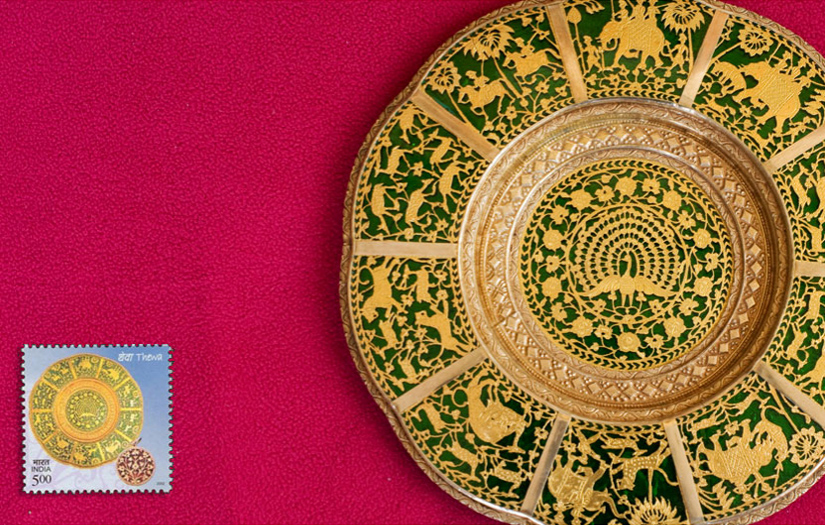Stamps on handicrafts

Gaatha project was originally conjured only for researching and documenting the rapid erosion of Indian craft clusters and heritage. However, we soon learnt from the artisans themselves that need was not to do research alone, but to restore ‘pride and serious commercial opportunity’ in their ecosystem. Today Gaatha thus aims to bring the lost respect and wealth back to these beautiful and aesthetically rich Indian handicraft clusters. These researches are important because just like Industrial goods sell on ‘features’, crafts sell on the processes / stories / heritage that go into making them.
We should give crafts a fair chance, someone is right now merrily making something for us, singing a folk song, in a humble house, deep inside India.
Buy: Indian Handicrafts Online
Research & Archive: Indian Crafts


